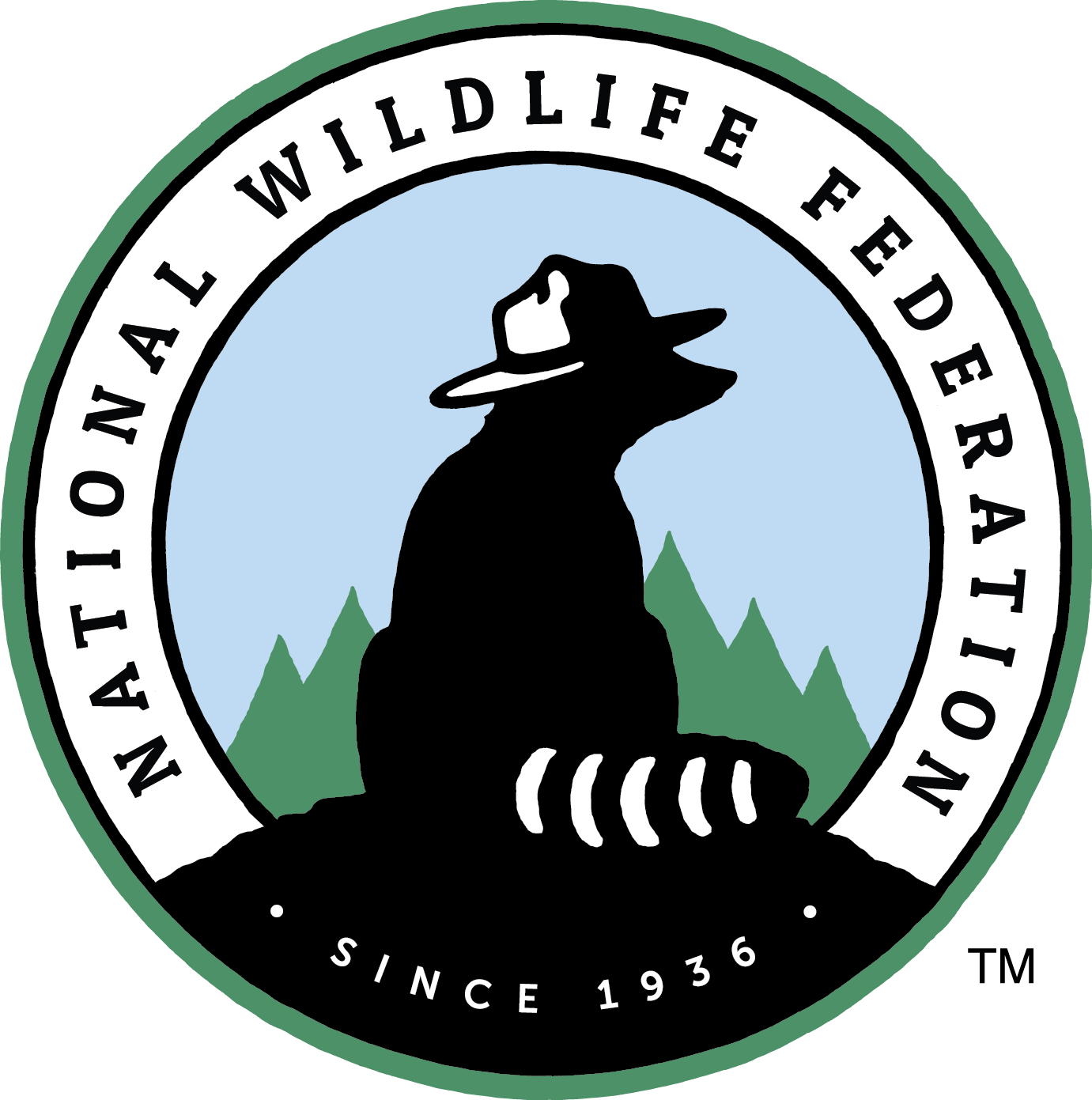Number: 2017-10
WHEREAS, feral hogs (Sus scrofa and related non-native porcine species to include those referred to as feral swine or “wild boar”) are highly successful, non-native, extremely invasive habitat generalists, and are increasing their range annually, threatening the well-being and ecological balance of native ecosystems and agriculture; and
WHEREAS, the National Wildlife Federation, at its annual meeting assembled May 18-20, 2012, at the National Conservation Training Center in Shepherdstown, West Virginia, unanimously passed the resolution, “Reductions and Eradication of Invasive Feral Hogs,” urging ongoing research by state and federal agencies and universities on the effective population control of feral hogs with goals towards eradication; and
WHEREAS, the advancement of management tools for feral hogs is needed and toxicants could offer a less expensive and more efficient alternative to existing methods, such as trapping and hunting; and
WHEREAS, the Environmental Protection Agency (EPA) on January 3, 2017, approved registration of the toxicant “Kaput Feral Hog Bait” with the active ingredient warfarin, a first-generation anticoagulant, for control of feral hogs; and
WHEREAS, the states of Texas, Louisiana, and Oklahoma have recently debated the use of Kaput and Warfarin for use in controlling feral hogs; and WHEREAS, research indicates that feral hogs that have ingested warfarin based poisons have a prolonged death from blood loss including extensive internal hemorrhaging; and
WHEREAS, studies in Australia and United States have shown that feral hogs begin showing signs of warfarin ingestion at three days and the majority of deaths occurring between five and 14 days with the average of nine days in the Australian study; and
WHEREAS, based on the research, the Australian government deemed the use of warfarin in feral hog control inhumane and has banned its use in all states and territories; and
WHEREAS, concerns exist related to the impacts to non-target species such as bear, white-tailed deer, squirrels, rabbits, and birds through direct consumption of the warfarin poison due to spillage or direct access to the feeder; and
WHEREAS, only limited research exists showing the immediate impact on non-target species that consume the carcasses of feral hogs poisoned with warfarin such as eagles, vultures, coyotes, and other terrestrial scavengers; and no studies have been completed exploring the long term effects on fertility and fetal development of non-targeted species that have had direct or secondary exposure to warfarin poisoned carcasses; and
WHEREAS, there are currently no studies on the human impacts through secondary consumption of feral hog meat containing warfarin based toxicants, including effects on individuals already on a warfarin prescription (such as Coumadin) for stroke and heart treatment; and
WHEREAS, with the EPA approval of registration, states must determine licensure and use restrictions and in most states the department of agriculture has oversight of pesticide use and management and they are not required to work with or consult state wildlife and fish agencies.
WHEREAS, uncertainty about secondary human impacts might reduce hunting pressure to the detriment of population control.
NOW, THEREFORE, BE IT RESOLVED that the National Wildlife Federation, in its Annual Meeting assembled June 8-10, 2017 in Stevenson, Washington, calls for additional cooperative research by state and federal agencies regarding impacts of warfarin based toxicant on non-target wildlife species and potential impacts from human consumption of warfarin contaminated feral hog meat, before toxicants are released to the public for application in the field; and
BE IT FURTHER RESOLVED that studies be continued on the use of other toxicants that may have less negative impacts on non-target species; and
BE IT FINALLY RESOLVED that there is continued effort to develop new and innovative methods for control and removal of feral hogs which are effective and safe for non-target species and humans.
